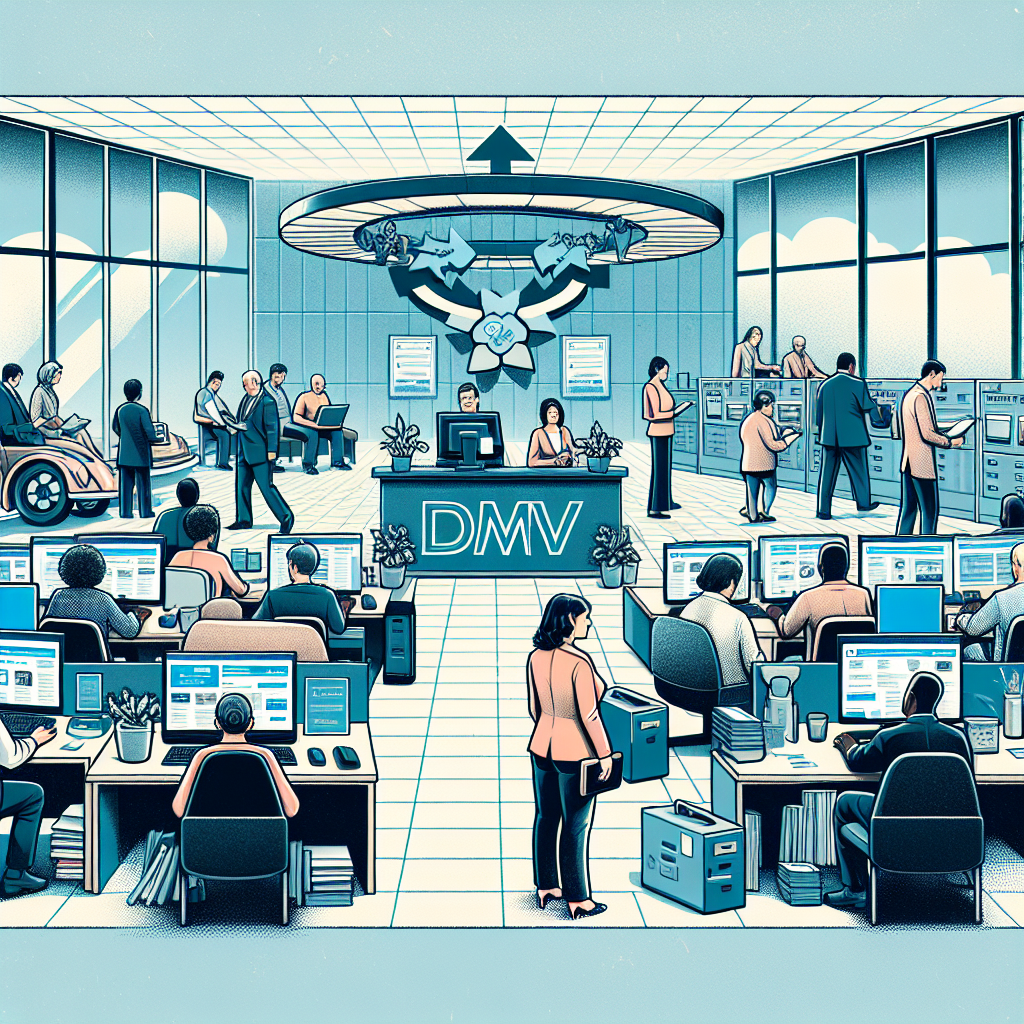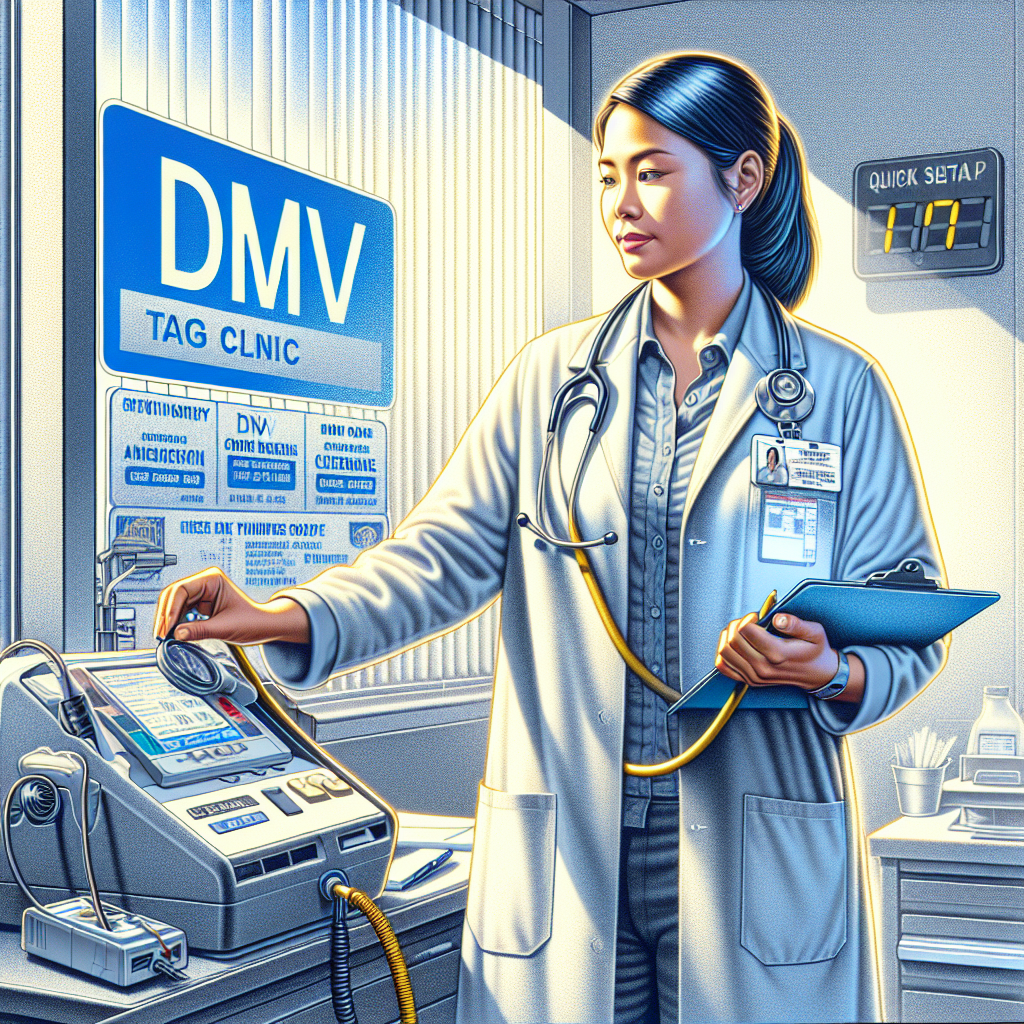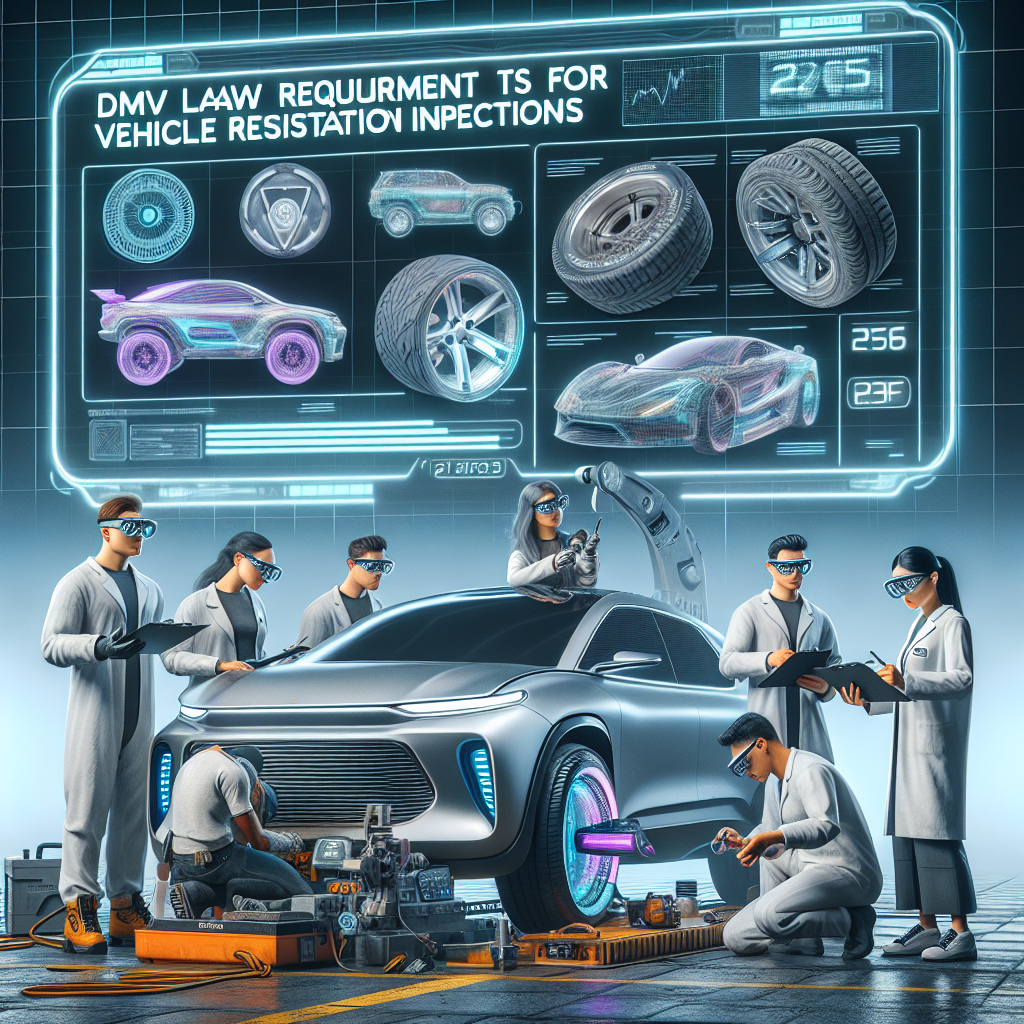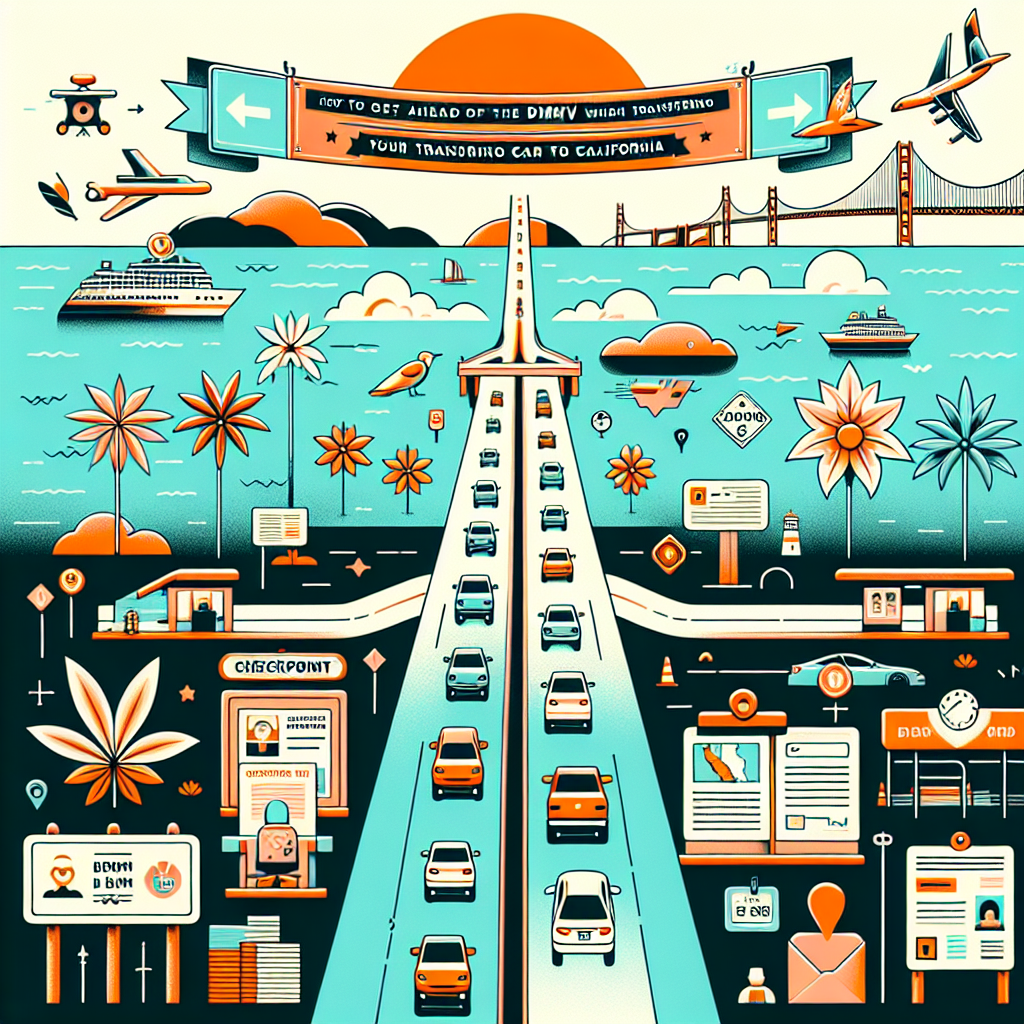DMV News: How New Laws Are Helping With Out-of-State Vehicle Transfers
Introduction
Understanding DMV rules can be really hard, especially when moving your car to a new state. When people move or buy cars from different states, they need to know the rules to avoid complications and extra costs. This blog post looks at how new laws are making it easier to transfer car titles from one state to another.
The Challenges of Out-of-State Vehicle Transfers
Transferring a car title between states has always been a bit tricky:
- Lots of Paperwork: Different states want different documents. What works in one state might not in another, causing delays.
- Different Rules and Fees: Every state has its own rules for things like emissions checks and taxes, which can surprise new residents.
- Document Confusion: Without a shared system, checking documents from different states can slow things down.
New Changes in the Laws
Thankfully, new laws are fixing these problems both at the state and national level:
- Easier Paperwork: Laws are making paperwork simpler by introducing standards that all states can use.
- Digital Processes: Using electronic systems for checking and storing documents means less physical paperwork and faster processing.
- Same Fees Everywhere: Some states are making fees consistent to avoid surprises and extra costs.
How These Laws Help Car Owners
These changes make life easier for people who own cars:
- Faster Process: Digital systems and simple papers mean quick transfers, so you can drive sooner.
- Saving Money: Knowing the exact fees helps owners plan better and avoid unexpected charges.
- Less Paperwork: Fewer forms to fill out means it’s easier to get everything done.
But there may be some challenges, like:
- Getting Used to New Rules: Both DMV staff and car owners might need time to learn the new systems.
How DMV Offices Are Getting Ready
DMV offices are changing to support these new laws:
- Training and Updates: Staff are learning new procedures and digital systems.
- Going Digital: More DMVs are using digital systems for things like submitting documents and payments to be quicker and have fewer mistakes.
Tips for Easy Out-of-State Vehicle Transfers
Here are some helpful steps to make the transfer process easier:
- Make a Checklist: Gather all the papers you need, like the title, bill of sale, ID, insurance proof, and any forms your state needs.
- Start Early: Begin the transfer process as soon as you can to avoid rush issues.
- Use Online Tools: Visit DMV websites to get forms, pay fees, and check your transfer status.
Examples of States Leading the Way
Some states are making these changes really well:
- California: Known for great policies, California makes DMV procedures consistent and efficient.
- Texas: With a strong online platform, Texas is making title transfers faster and simpler.
These examples can help other states improve their transfer processes too.
Conclusion
Overall, new laws are making out-of-state car transfers easier and less stressful. While getting used to these new systems might be tricky at the start, the benefits like cost savings, quicker processes, and less paperwork are clear. Car owners should keep up with DMV rule changes by checking the DMV website or talking to their local office.
Additional Resources
Here are some useful links:
- California DMV – Out-of-State Vehicle Transfers
- Tags Clinic – Vehicle Transfer Services in San Diego
- Contact Your Local DMV Office
By following these tips, you’ll be ready to handle your out-of-state vehicle transfer easily under the new laws. For more help, visit or contact Tags Clinic today – skip the line and save time!
Call to Action
Can’t get your vehicle transferred to your new state? We’ll take care of it! Visit the Tags Clinic at
3845 University Ave, San Diego, CAor give us a call at 619-777-9046. For more info, feel free to visit our website at https://tagsclinic.com. We’d love to make your vehicle transfer hassle-free and convenient. Looking forward to seeing you there!









